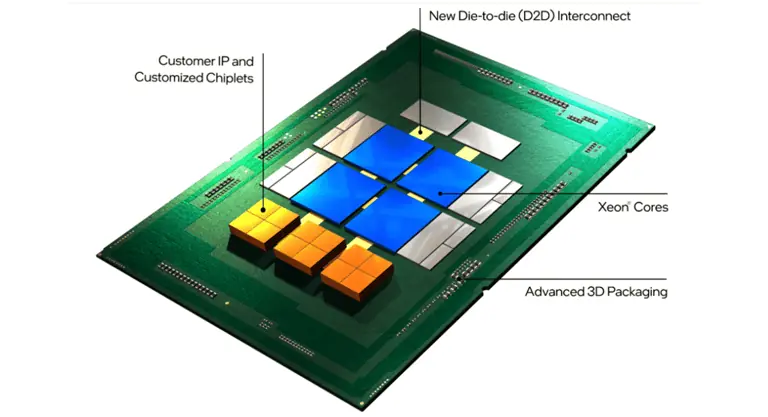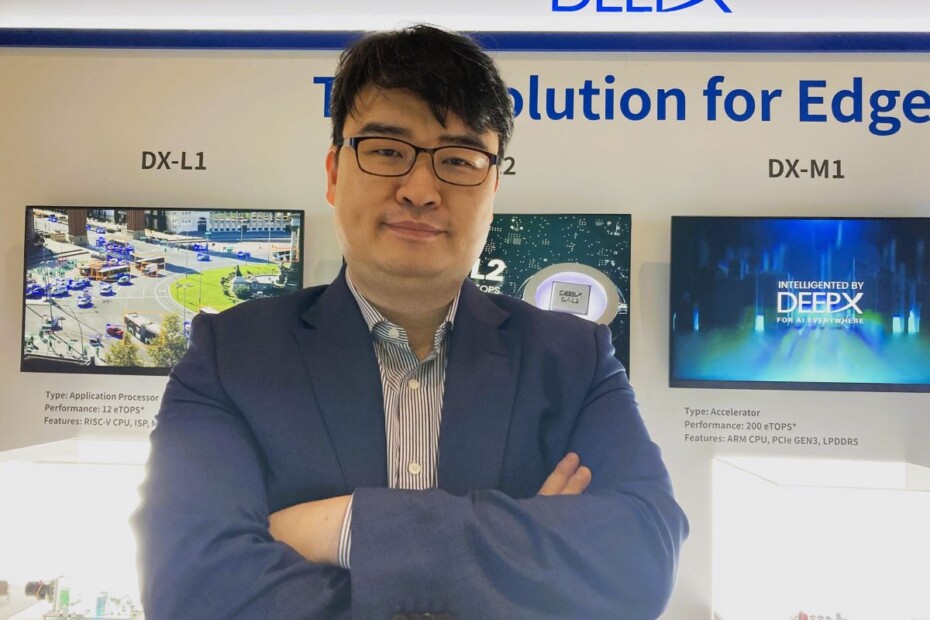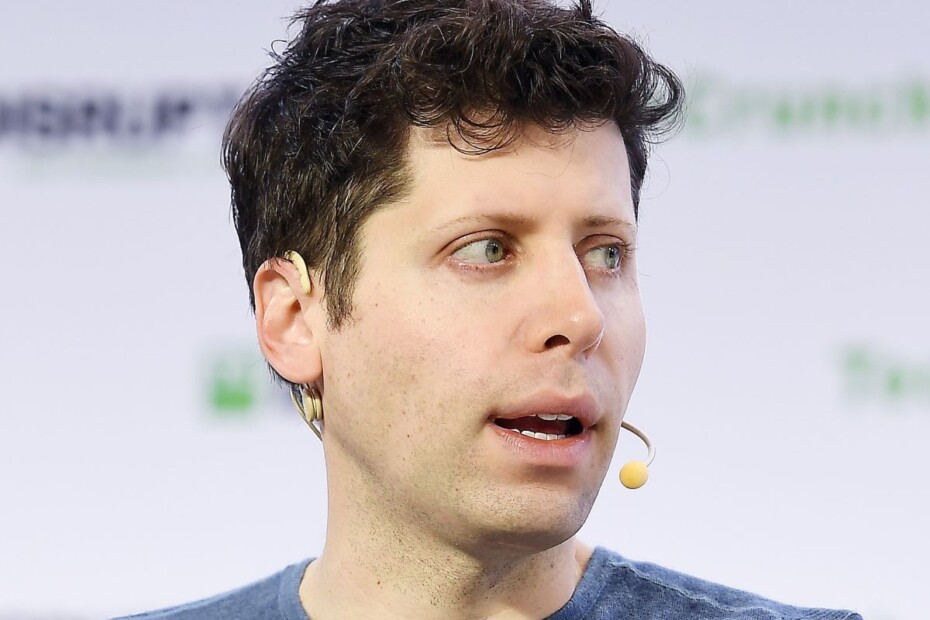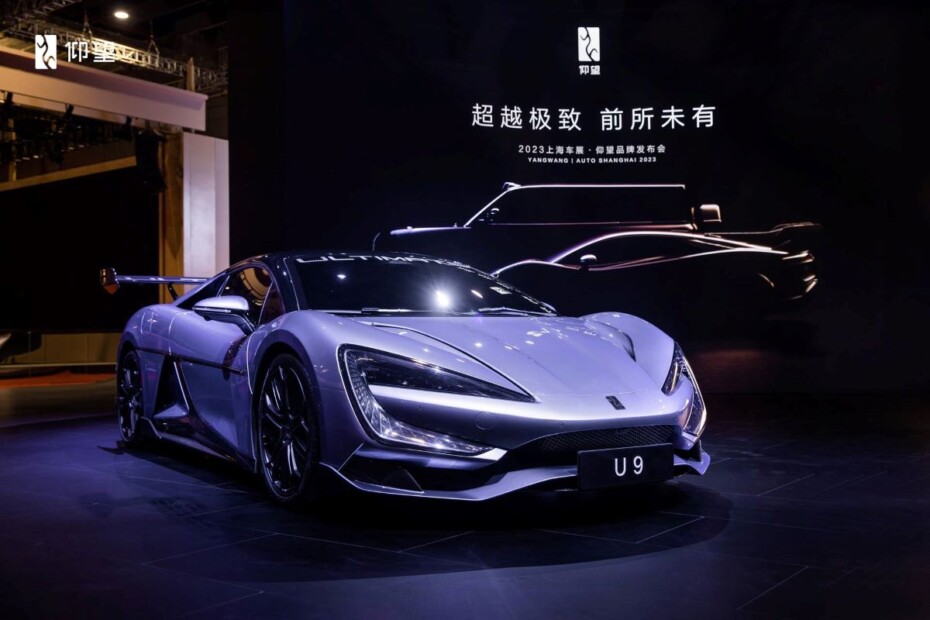Advanced Packaging Holds Key to Chiplet Surge
By Ron Wilson
What’s at stake?
Advanced semiconductor packaging are neither routine nor affordable. But if they were, the industry could experience the triggering of an avalanche of chiplets, allowing IP vendors to sell silicon, erase many of the advantages of rich design teams and disaggregate the IC supply chain.
Many dies in one package. This is getting to be the topic of the month in the industry. But there are several subjects interdigitated in this area, and they are rapidly getting tangled together. This article combs them out by examining three different but related topics: multiple dies in a package; advanced packaging and; chiplets.
Read More »Advanced Packaging Holds Key to Chiplet Surge









